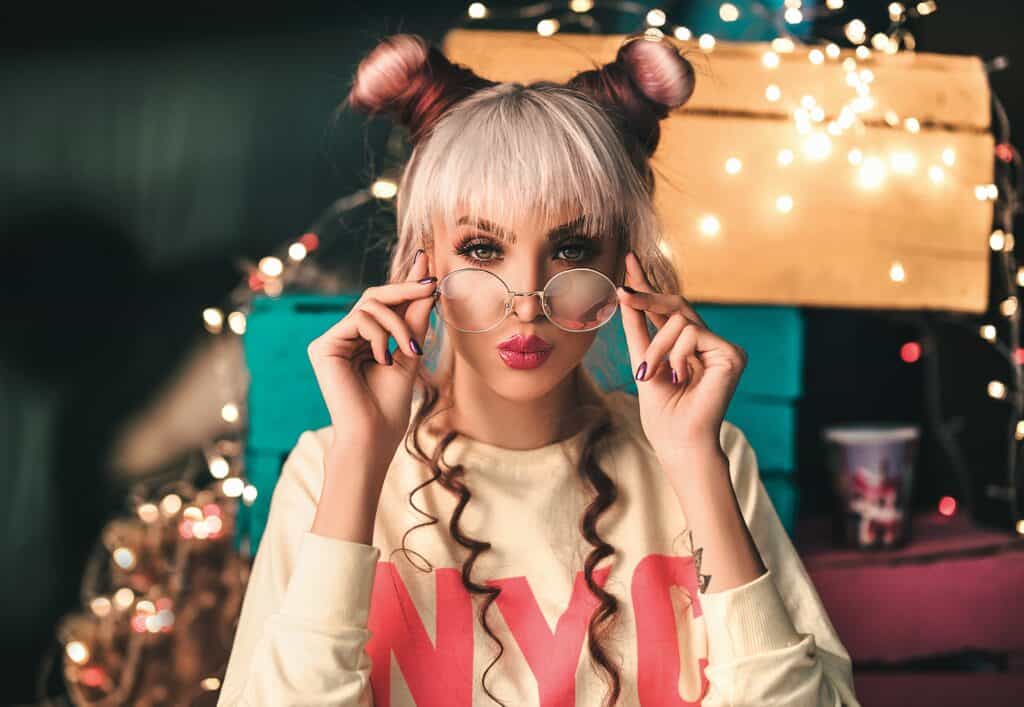The term “Editorial Photography” is often heard in the photography world- but what exactly is it? Editorial photography is often confused for commercial photography. Here is our nifty guide to editorial photography and how to make the most of it!
In layman terms, editorial photography is photographs that illustrate a story. This can be solely visual or can be accompanied by text that expresses what is happening in the image. Editorial photography is one of those niches in which “you know it when you see it.” The images often look more candid and less posed. Editorial photography is always published, but it can be published online rather than just in print. In editorial photography, the models become actors and actresses and portray a narrative with the scene.
Some examples of the variety of editorial photography include the following:

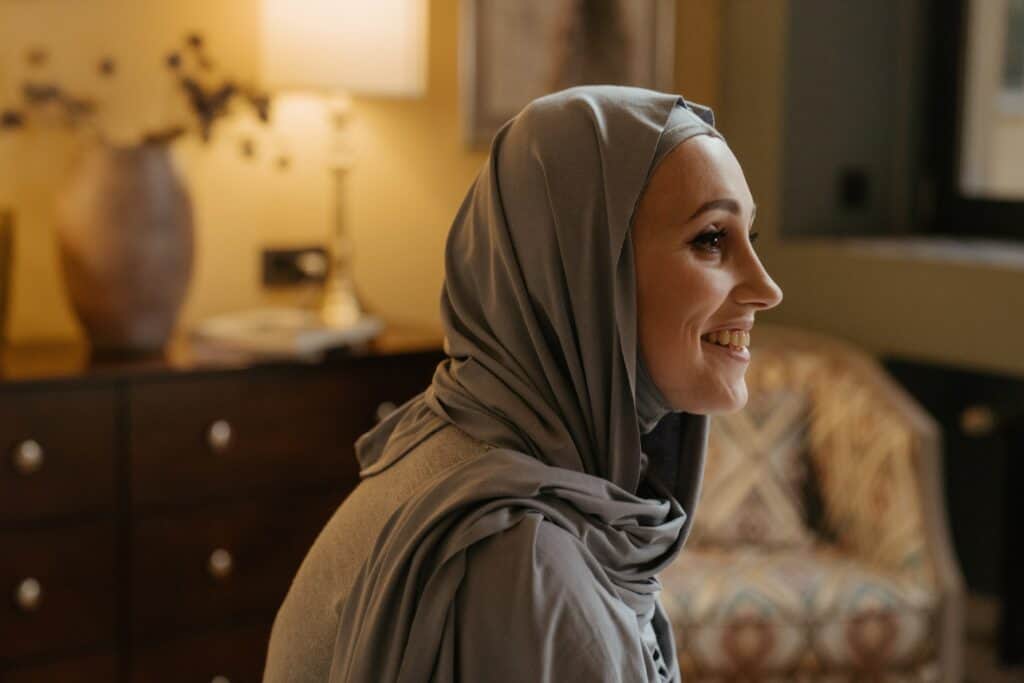
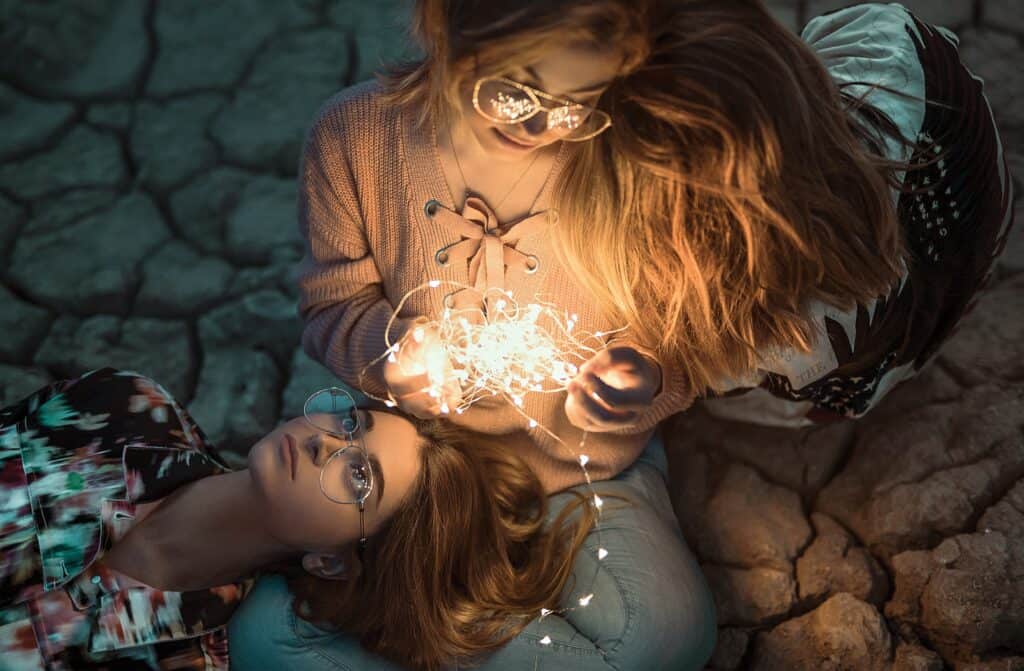
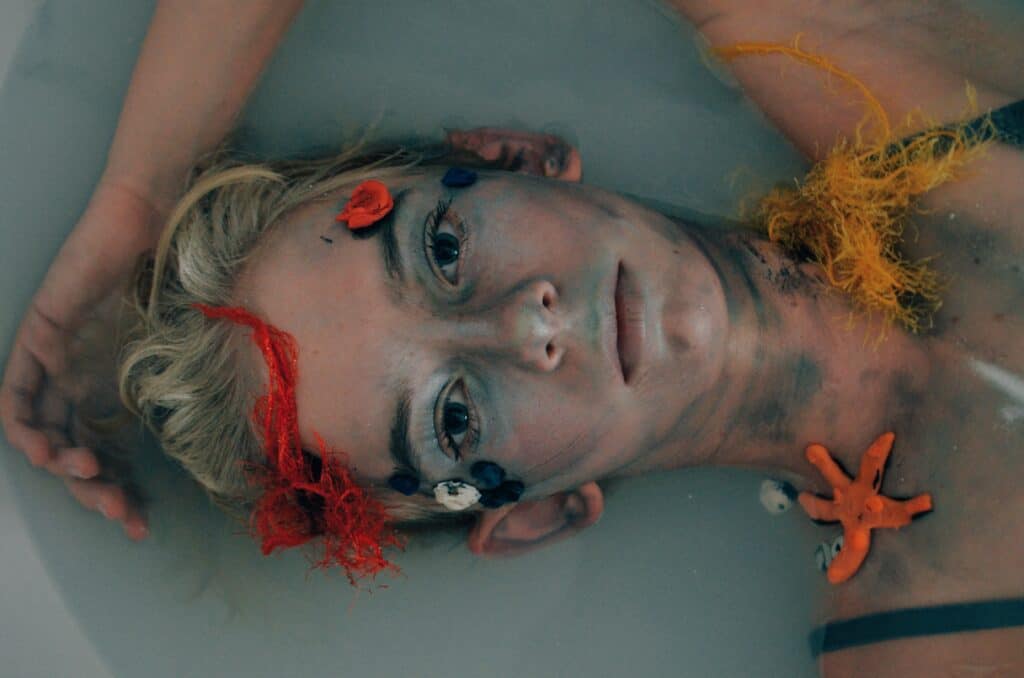
Editorial photography can be found to be difficult to describe by the layman person- but the professional photographer knows the difference. There are various characteristics that are exclusive to this genre of photography as well as editorial photography usage.
What are the Characteristics of Editorial Photography?
Editorial photography is oftentimes confused for commercial photography, but the two are quite different. Commercial photography is intended to sell a product, but editorial photography isn’t necessarily selling anything. Here are some of the common characteristics found in editorial photography that may be missing from other photography niches:
- Editorial photography is always story-telling in nature. The images themselves express a storyline. Everything from the models, the styling, the dress, the location, and all of the prop details equate to the story. Editorial photography can be accompanied by text, but to be efficient it must be able to tell a story without words.
- Editorial photography is candid, or in the least, must appear more candid. Candid photography refers to photography that does not look posed or staged.
- Editorial photography is always published, otherwise, it ceases to be editorial.
- There is a very human-like element to editorial photography. The emotion expressed feels genuine and relatable.
- There are no real rules to editorial photography like there is in commercial photography, fashion photography, and photojournalism (also types of photography that are published). The only rule is to tell a story, and that can be interpreted in a vast number of ways.
- With editorial photography, the photographer retains ownership of the images. Editorial photography is frequently confused with commercial photography, but with commercial photography, the photographer may lose the rights to those images.
Where is Editorial Photography Used?
You’ve seen editorial photography in countless places in your life! From magazines to newspapers, editorial photography is necessary to communicate with the world.
Editorial photography is used anywhere a story has to take place. Remember, because editorial photography isn’t intended to sell something, you’ll likely find it published in art magazines, fashion magazines (as a spread and not an advertisement), newspapers, blogs, and such outlets. Editorial photography can also be found in textbooks, essays, and documentaries.
As such, if you want to pursue editorial photography as a career, there are many avenues for you to do so.
Where to Find Editorial Photography Jobs and Get Published
A lot of editorial photography jobs are cold-casted, as in, the photographer sends an email or places a phone call unsolicited to an outlet that publishes editorial work. You can find work as an editorial photographer by being commissioned by a company, but the cold contact avenue is the one most end up utilizing.
An editorial photographer might submit a portfolio or a tear sheet (which is a page from a magazine or print publication showcasing their work) to a photo editor at a magazine or other such outlet to be considered for the job. This is a cold submission because the photographer is not solicited.
The best way to get the attention of a photo editor through a cold submission is to make sure that all of your ducks are sitting nicely in a row. Make sure that the email or contact includes a detailed story concept for the images (if you can find any sort of reference material to elaborate your point, that also helps!), a rough budget, and a portfolio that represents your skill.
You can find magazines and outlets to contact through the internet, most magazines have a website with a contact form or information on how to get in touch with the editor.
Make note that turning editorial photography as a career can be incredibly difficult. Most editorial photographers do something else as well. You can make money when you get a lucky break and become noticed by the right publications, but definitely
The Steps For Capturing Editorial Photography
When you’re ready to capture some stunning editorials, here are the suggested steps to ensuring your photo shoot is a success:
- Figure out the story and create a brief. This is arguably the most important part of editorial photography. Make sure that your story line is solid, then summarize it in a document. In order to make every aspect of your project consistent and coherent, it is an excellent idea to determine a really good and powerful concept.
It’s a good idea to possibly create a mood board or shot list as well. A mood board is a collection of reference images that express the aesthetic you are capturing. A shot list is a detailed checklist of the images you need to capture during a shoot. A shot list is very helpful and eases the photo shoot process tremendously. - Find your team and location. Directly following the brief, you’ll want to solidify all of the elements required. This includes casting your subject, casting styling, hair, and makeup if needed, and finding props. You’ll also want to book or find a location, figure out the time of day to shoot (if outdoors), and have an idea about the lighting. Figure out if you need to rent any sort of additional lighting for photography equipment and really have a good grasp on the aesthetics of the photo shoot.
After all of the details have been confirmed, it is a good idea to send over a document to all team members expressing all of the details, times, addresses, and contact information. - Photo shoot time! Go ahead and let your photo shoot take place.
- Image culling, sorting, and editing. This is where a lot of the magic happens, through the computer! Post processing is very important for editorial photography as it adds a finalized touch to the images. Sort through your images and pick out the best of the best. Edit them to fit your mood board and narrative.
It’s a good idea to deliver variation in your images to whatever outlet you are submitting to. A good story is not repetitive!
Editorial Photography and the Law
Editorial photography also has an implication in photography law. Have you ever perused a stock website and seen images labeled as “For Editorial Use Only”? What does this mean?
Long story short, images labeled for editorial use are photographs that you legally cannot use for commercial or advertising purposes. Photographs sold with an editorial license will usually contain some sort of copyrighted material or images of recognizable people. You can use images of recognizable people if you have obtained a model release form from them (a legal document in which the model authorizes the photographer to use their likeness commercially).
You can use “Editorial Use Only” images for newspapers or magazine articles, on a blog or website to describe something, or in a non-commercial presentation.
Current Trends in Editorial Photography (as of 2020)
Every year, photography trends change. Even though you really should create photography that speaks true to who you are as a photographer, it’s a good idea to be mindful of popular trends if you want to have a more financially-stable career in photography.
In 2020, the photography trends for editorial work include the following:
- A lot of diversity in models and subjects. Many editorials now see different ages, genders, races, and more featured in photographs. Amplifying voices that may have previously been unheard in the industry.

- Many nods to other eras, such as editorials in the style of the seventies, eighties, and nineties. You can see this in the styling, locations, and editing.
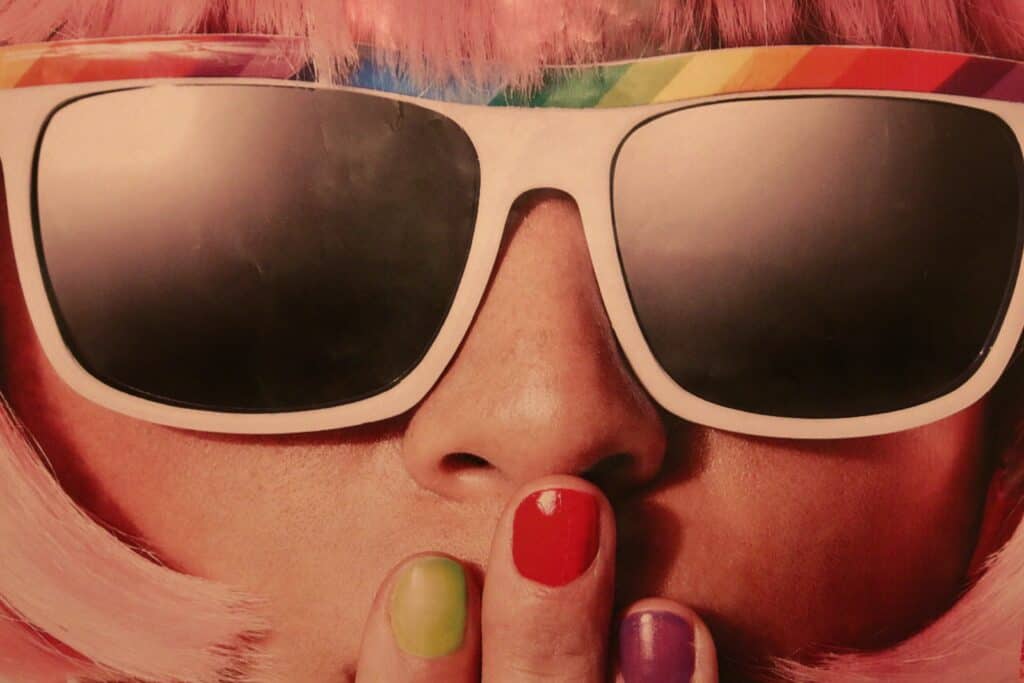
- Bright and poppy colors! Saturation is really popular right now.
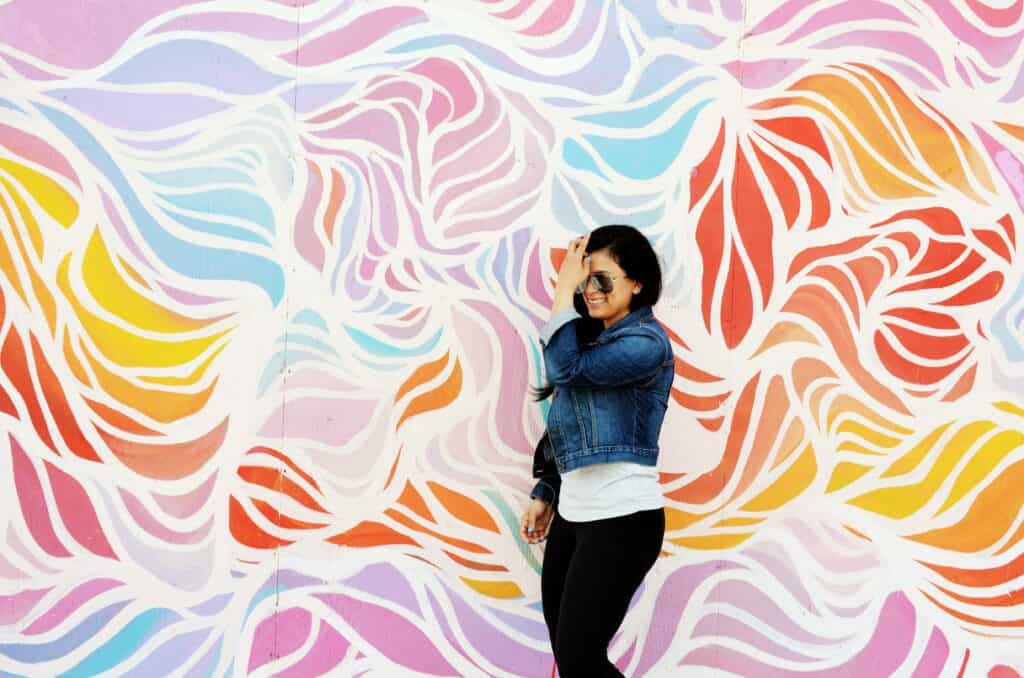
- Utilizing editorial photography to aid in big causes and environmentalism. Editorial photography is used to strike a chord in the hearts of those interested in preserving our planet.

- Unique composition for portraits, such as, previously unseen photo crops. Some crops are very tight and others were once considered awkward! Experiment with composition.
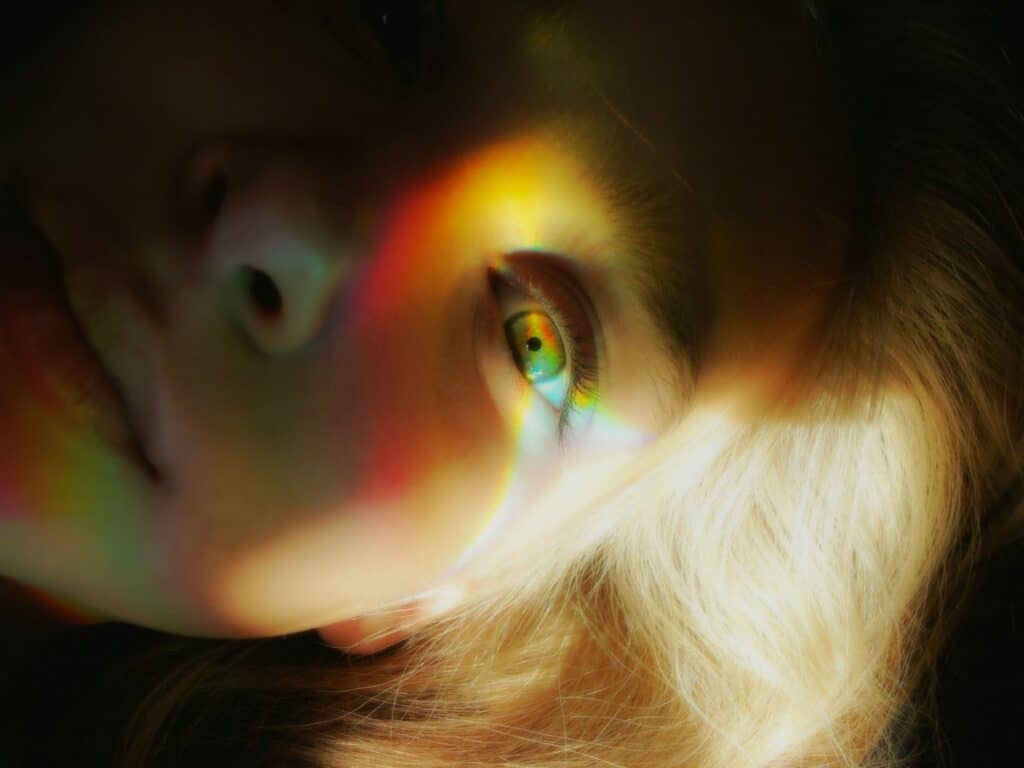
In conclusion, by utilizing this guide, you can make the most out of your editorial photography endeavors!
